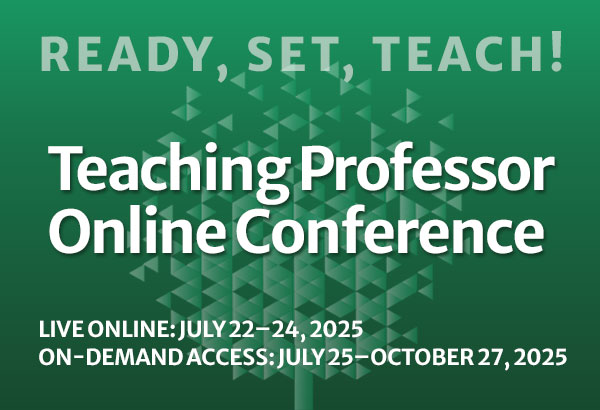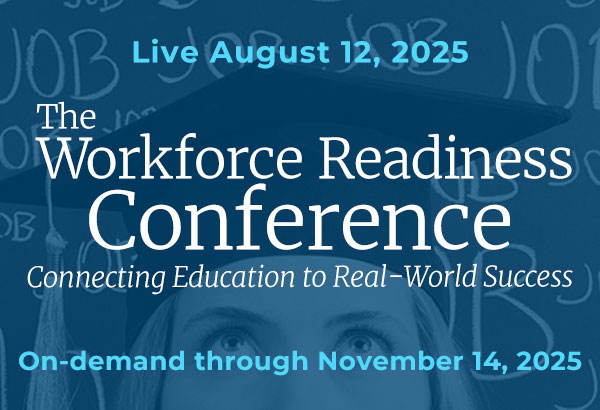When people hear I’m a professor of reading at a local community college, I’m often met with some variation of, “Really? You teach reading…in college?”
The assumption implied, of course, is that college students should already know how to read, that reading as a focus of study belongs in the elementary classroom. For most people reading this article, the fact that students struggle with collegiate-level text is not revelatory. Indeed, the office-doorway concerns swapped amongst faculty are confirmed by various reports, such as the one cited in the U.S. Department of Education’s recent review of developmental education, which noted that approximately 40% of first-year community college students enrolled in at least one developmental course in the 2011-2012 year (2017).














